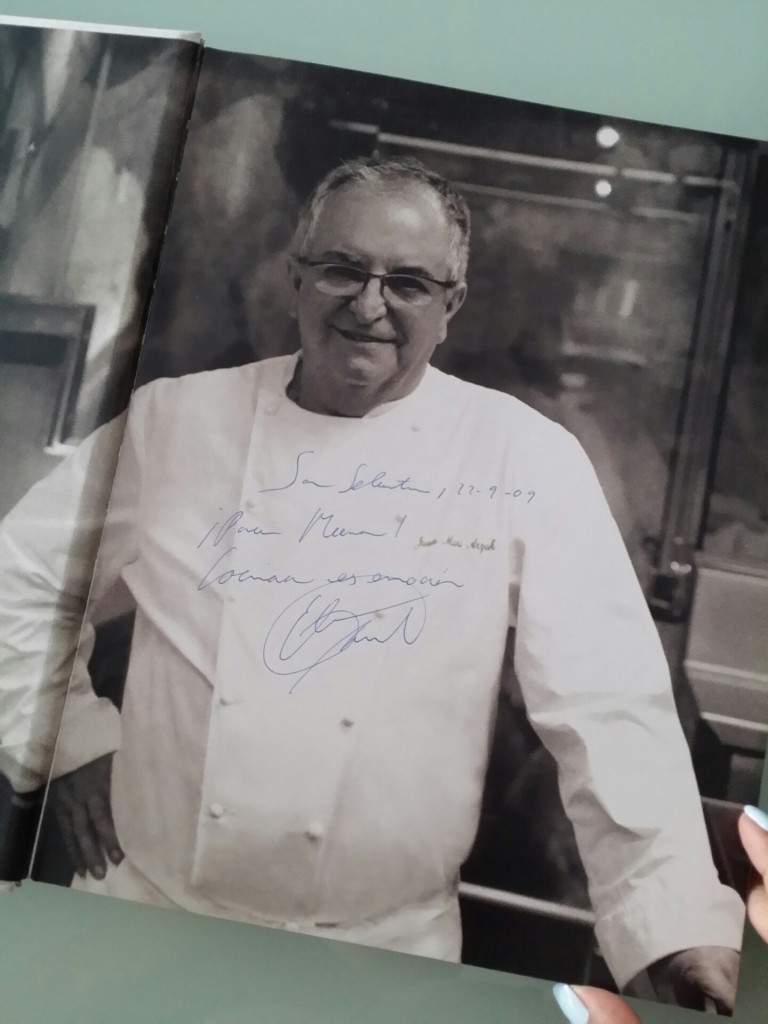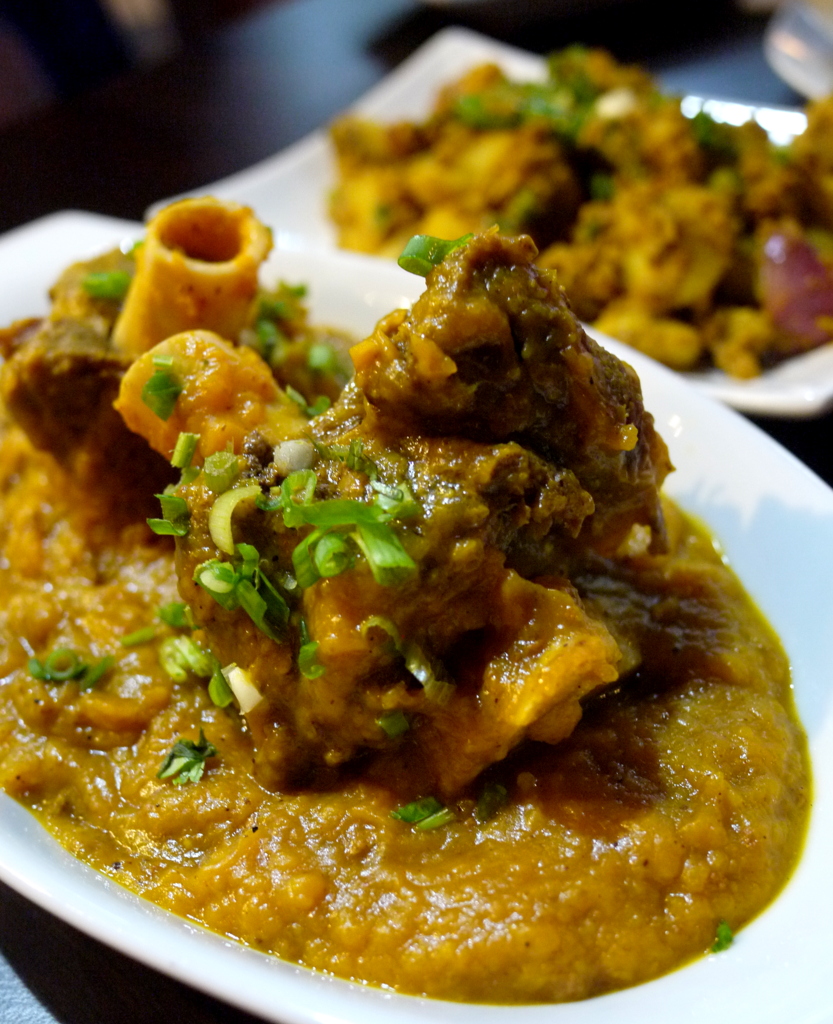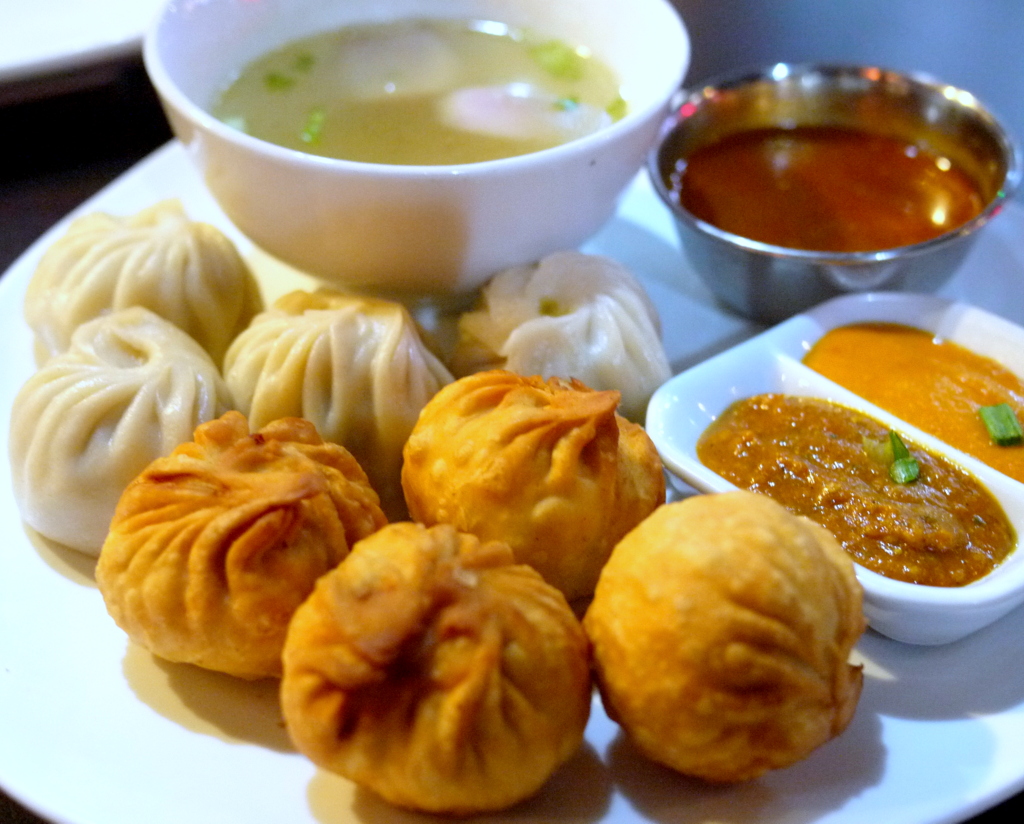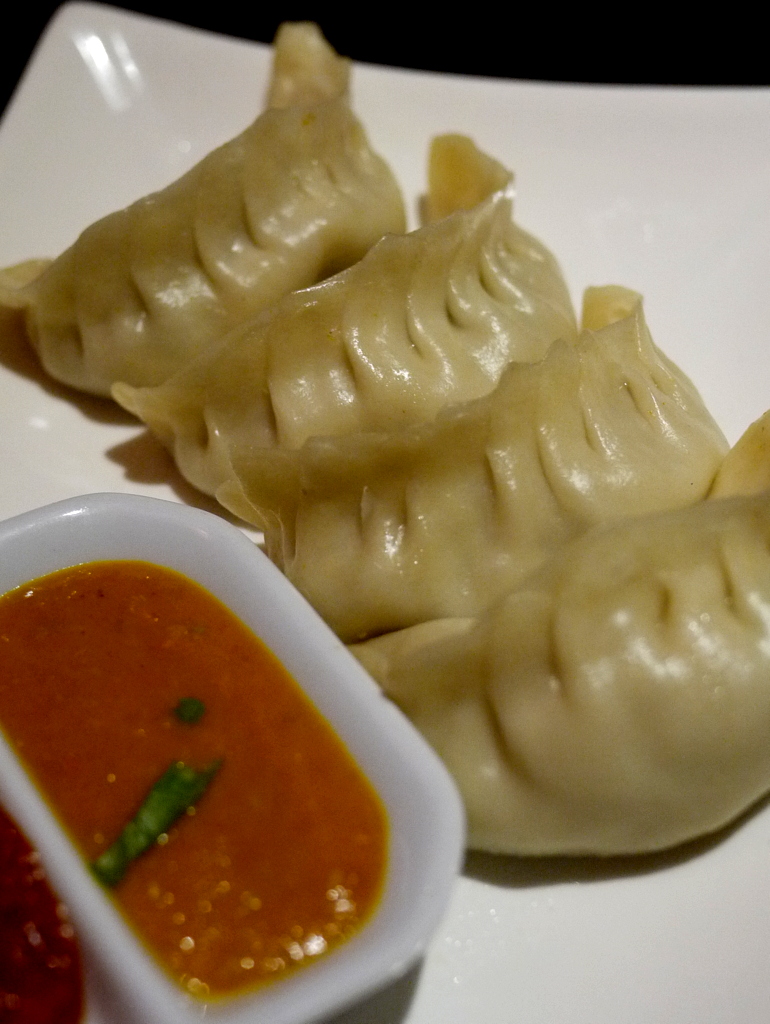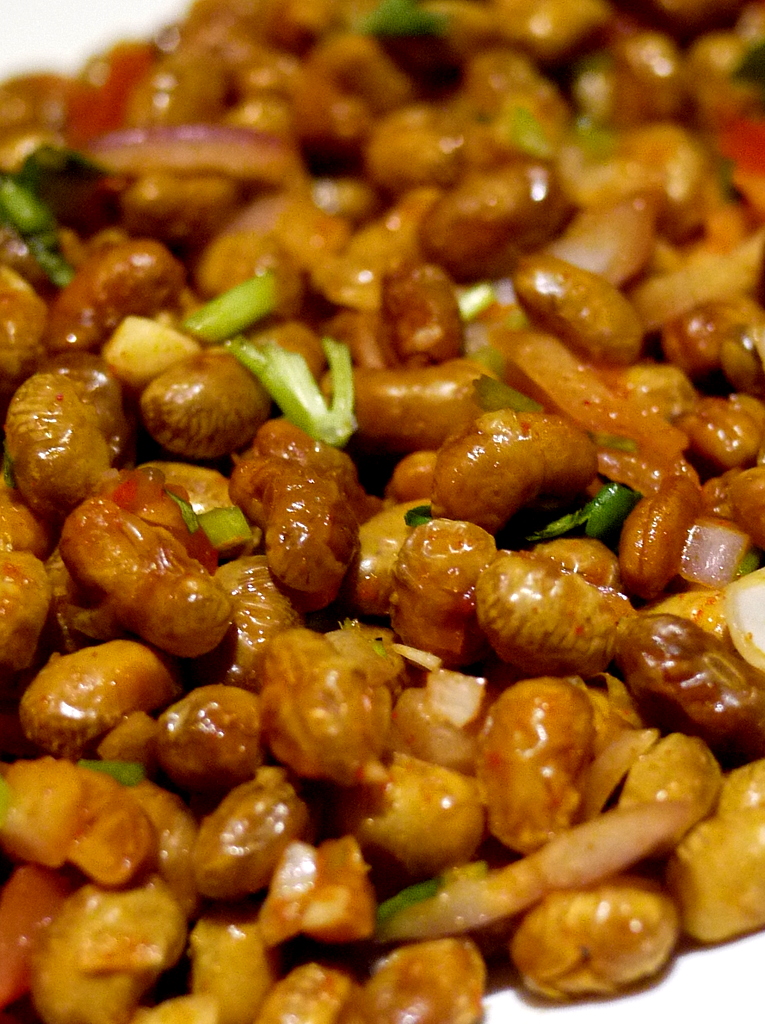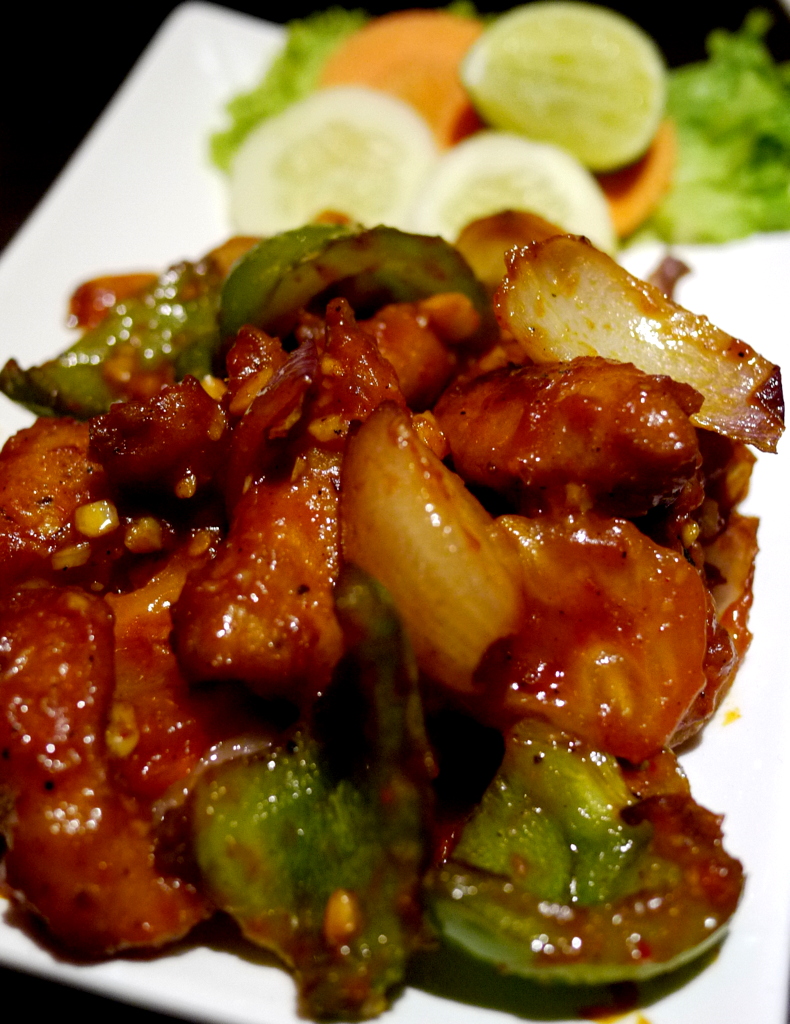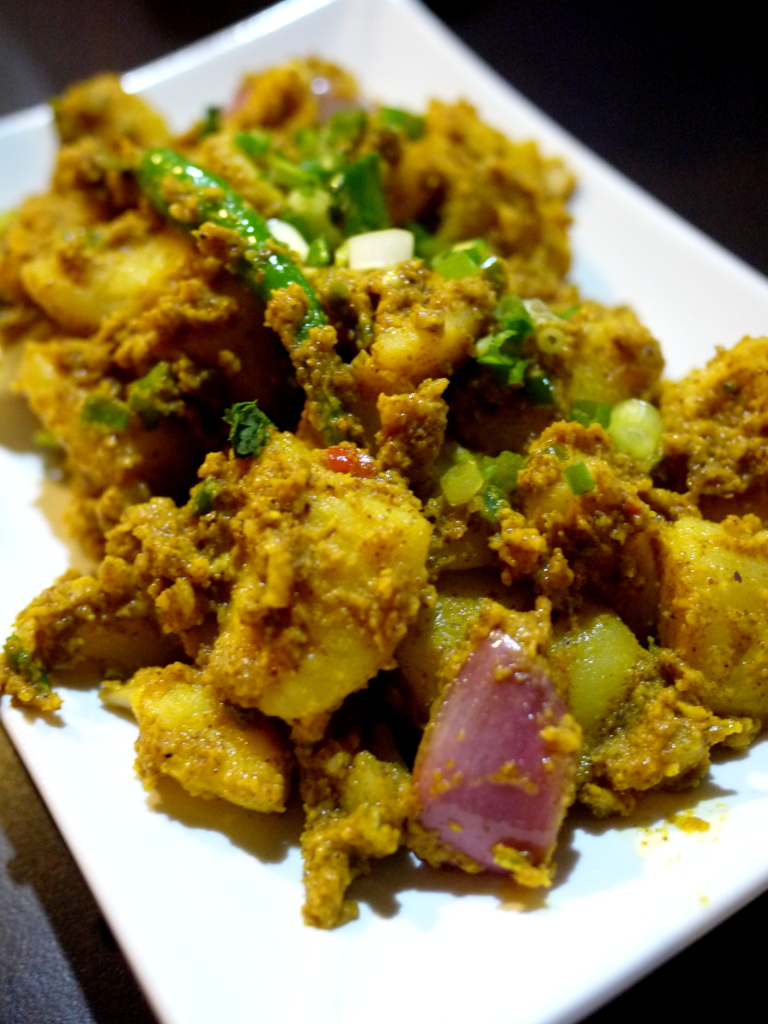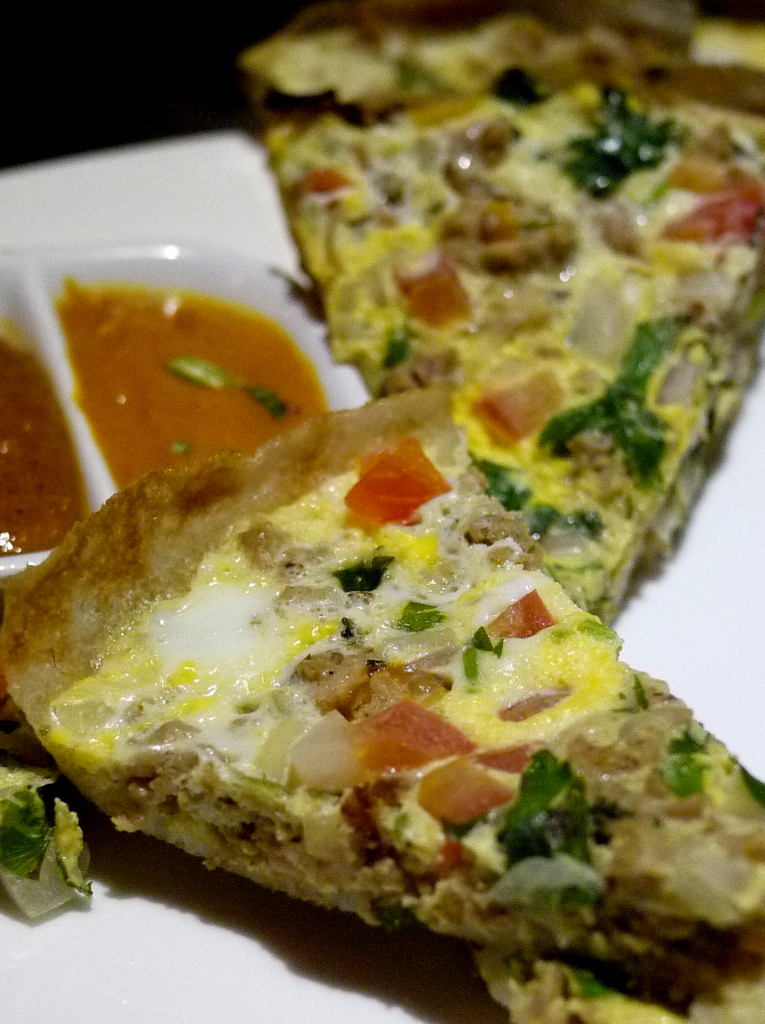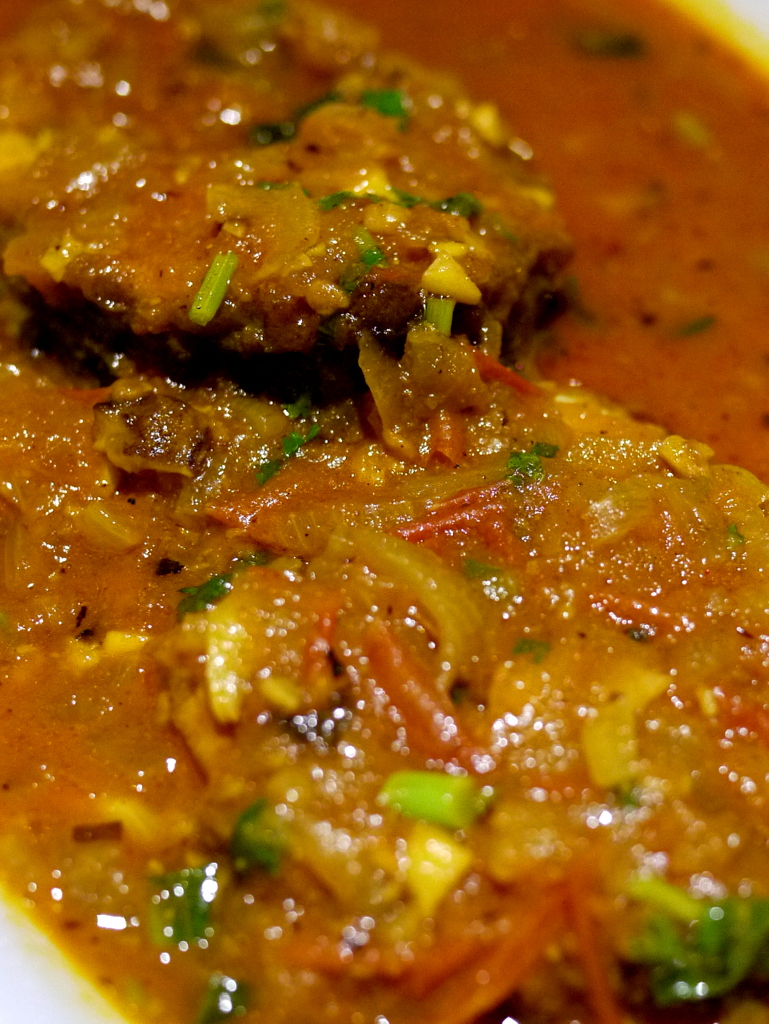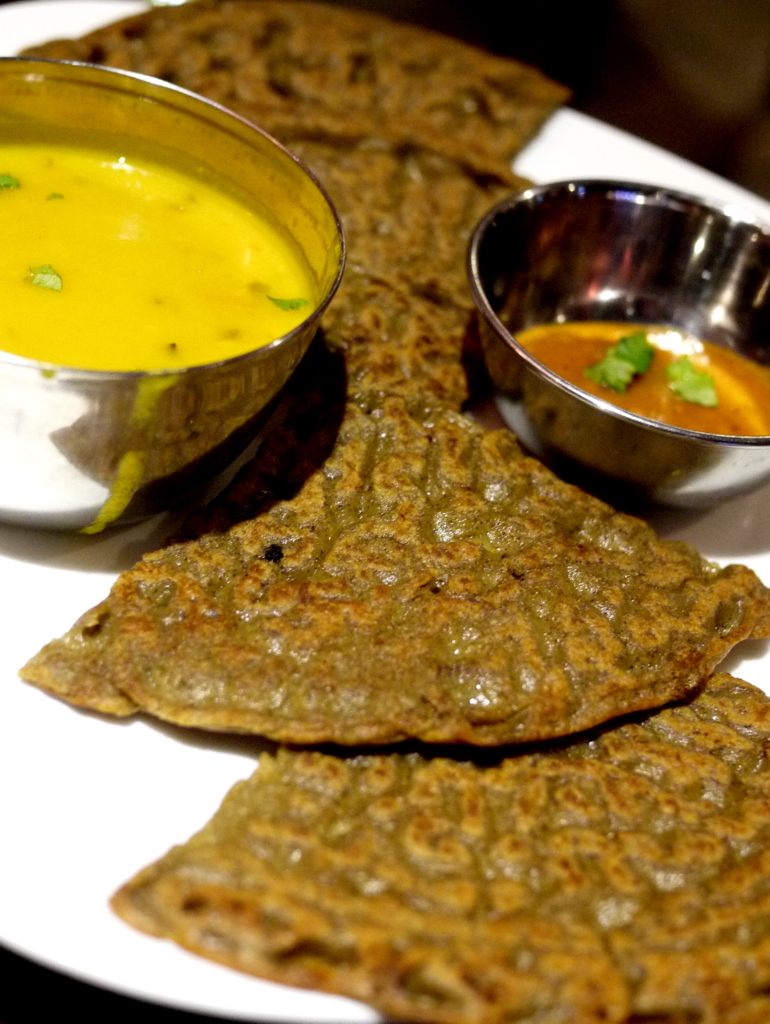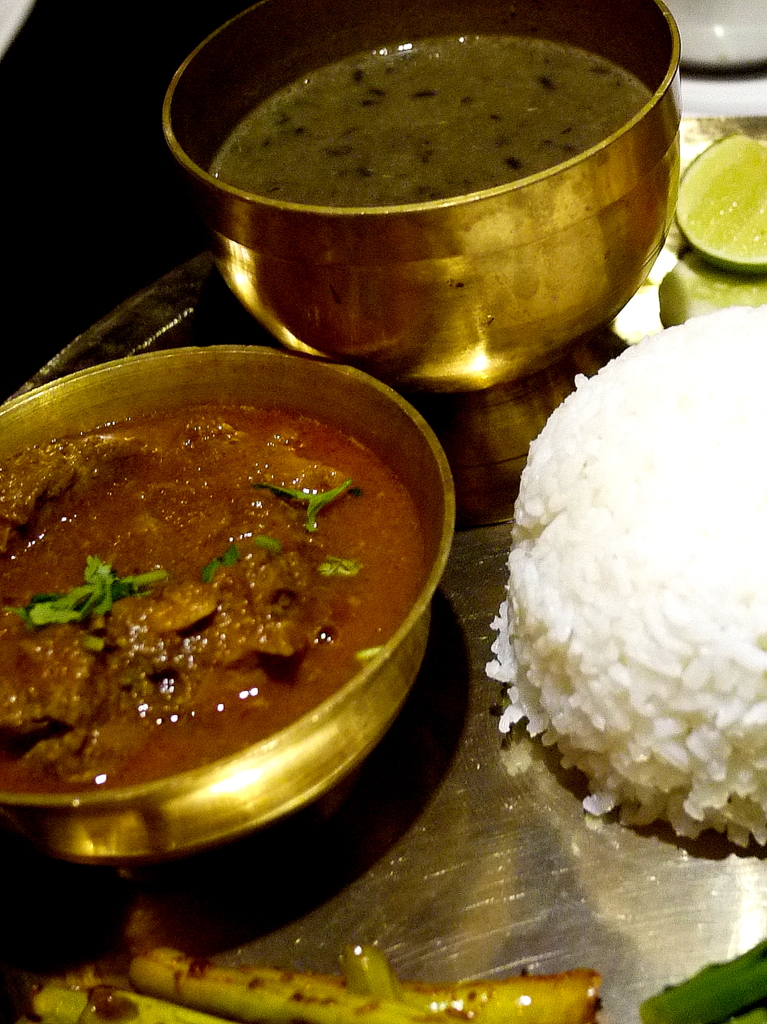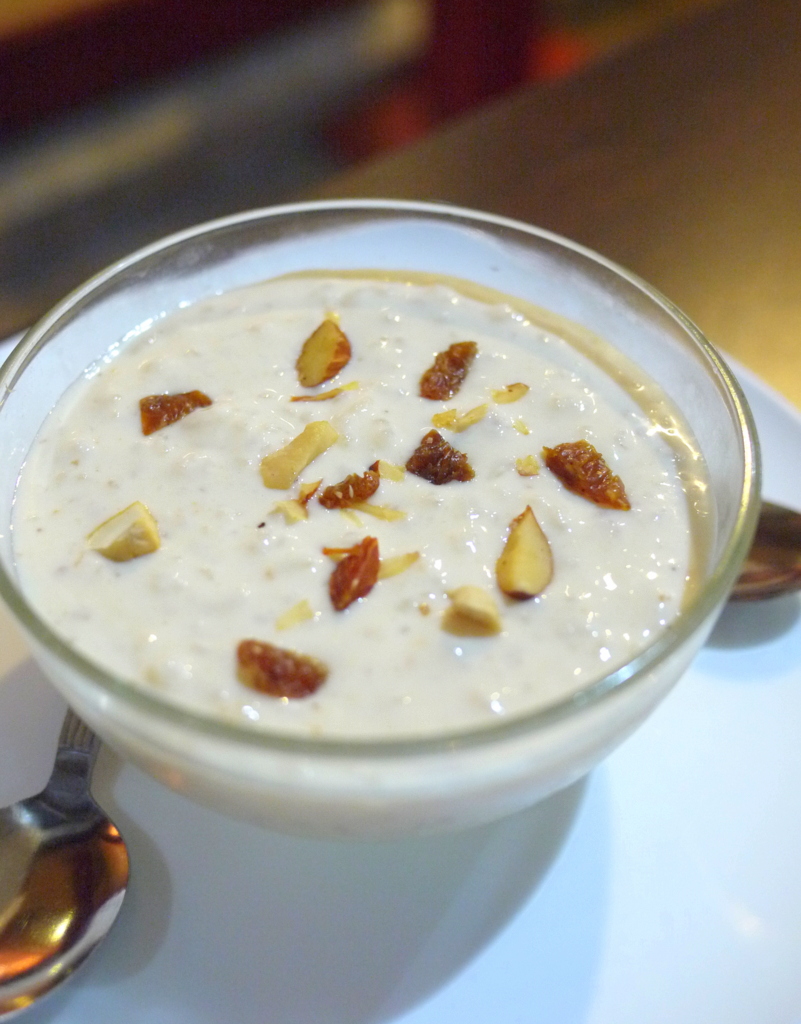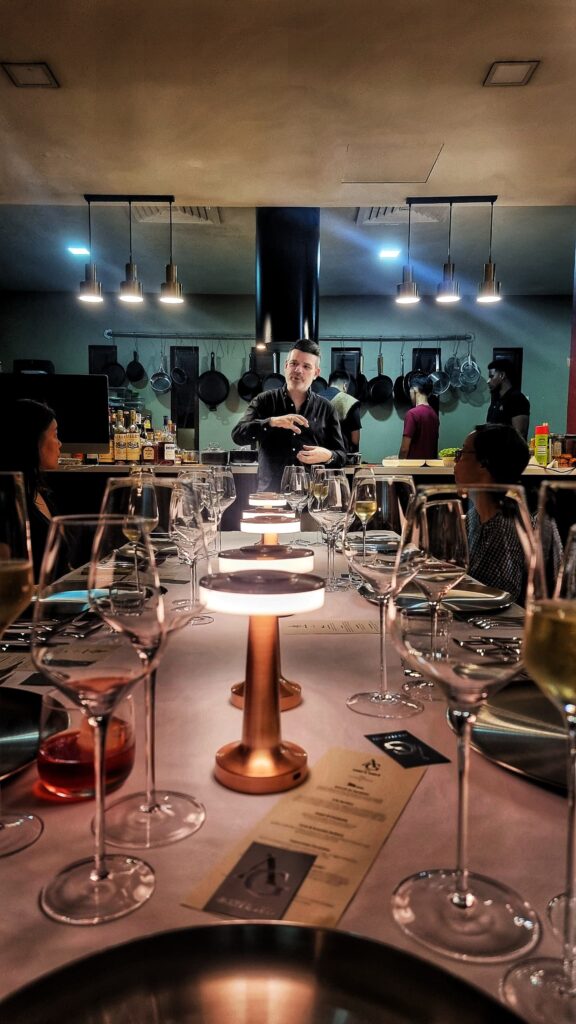
d’Alti Gusti
They say you never forget your first time. Having done very little research, I remember not being completely prepared for the formality of the private dinner at d’Alti Gusti (“AG”). I was dressed in a nondescript long-sleeved black sheath and nude pumps, wanting to remain invisible and unnoticed. We were a table of six, and it was the week of my birthday in 2022. I was the last to arrive, and I scampered to the seat at the farthest end of the table, my back to the kitchen. My napkin was quickly placed on my lap. Everything moved like clockwork. The chef and owner, Simon Phillips, quietly positioned himself at the head of the table, and silence fell as everyone looked towards him.
“Welcome to AG,” he smiled, a twinkle in his eye.
What followed was a hypnotic narration by Simon of parts of Virgil’s epic poem, the Aeneid, followed by the presentation of visually stunning dishes representing those verses. I was left breathless, in part by the captivating storytelling, and in part by the exquisite dishes that were created to match the beautiful, poignant, triumphant verses of the Aeneid. We need to acknowledge the beauty of language, art and literature and its impact on humanity; of how our bodies literally ache to see, hear, feel these things, more so in this world of temporary and instantaneous gratification, shrouded in materialism and superficiality. This was one of the greatest masterpieces of Latin literature, written more than 2000 years ago, and AG found a way of respectfully incorporating it into an uncommon but deserving medium, ie. food. I left that evening, belly full, my soul enriched.
AG is a private dining space offering more than just fine Italian cuisine. For the guest, it is a holistic experience; from the moment you enter, you immediately feel the warmth of service, heavenly aromas wafting from the open kitchen while the chefs quietly but purposefully move around the stations. I’ve always said this, and I’ll stand by this – AG feels like home.
What sets AG apart from many restaurants is originality – recipes are created from scratch, guided by the fundamentals. The process requires a sound knowledge of ingredients, techniques and flavours, and experience to know how much to use and when to stop. Restraint.
In recent months, I have had the privilege of watching Simon and his team of chefs, Jonathan and Alvord, conceptualise menus and create dishes. I sit at the side with a cup of coffee and absorb the lessons he imparts, his face stern, as he challenges his boys to attain the high bar set for them. There is an urgency in his voice, at times frustration, and I think I understand why. This has been Simon’s personal endeavour, and one which he has been completely immersed in for the last four years, heart and soul. “What is it that I have built here? What would happen when I am no longer here?” Aside from the huge responsibility of ensuring the continuity of AG for his team, there are also those questions that keep many of us up at night.
What will I leave behind? And will it matter?
How will I be remembered?
How soon will I be forgotten?
AG is Simon’s legacy.
More I would, but Death invades me, Death is now a welcome guest. When I am laid in earth, may my wrongs create no trouble in thy breast. Remember me! but ah! forget my fate. – Dido and Aeneas/Purcell from Aeneid/Virgil
A couple of years on from my first dinner at AG, we discussed this verse over many, many glasses of whisky, in the dead of the night, oblivious of time, our conversations a desperate attempt to establish our significance as microcosms in this universe. Purcell’s Dido and Aeneas’s haunting melody played in the background. And we pondered on the words and the depth of emotion in that plea. Remember me.
It was impossible not to weep.
********
It has been more than 10 years since my last post, and I often ask myself why I bother to keep this website alive. Websites cost money. I look at it, a shell of its former glory devoid of former widgets and links; what remains is only the prose. My life story for 7 years, covered in cobwebs.
And of course I know the reason why I haven’t given up on A Whiff of Lemongrass. I’ve always struggled to express myself fully in person. The words are always in my head, but there is an internal turmoil. What if the intended recipient isn’t receptive to what I have to say? What if I say too much and bore them? What if? What if? What if?
So I write. It becomes an expulsion of raw unfiltered emotions. AWOL is my living legacy. Most of the restaurants listed here have ceased to exist, but the words, the stories, the joy and tears, significant and trivial, they remain.
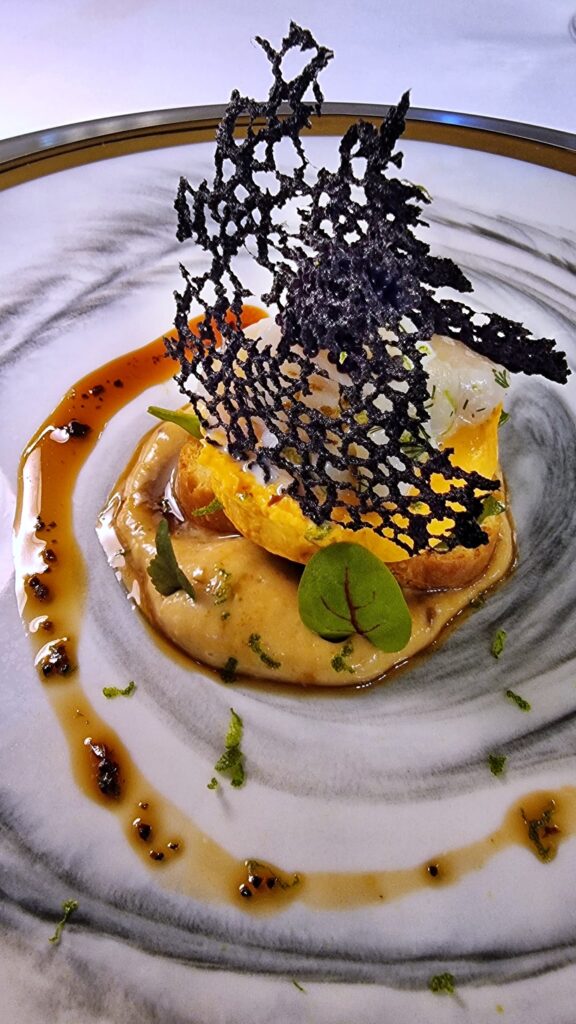
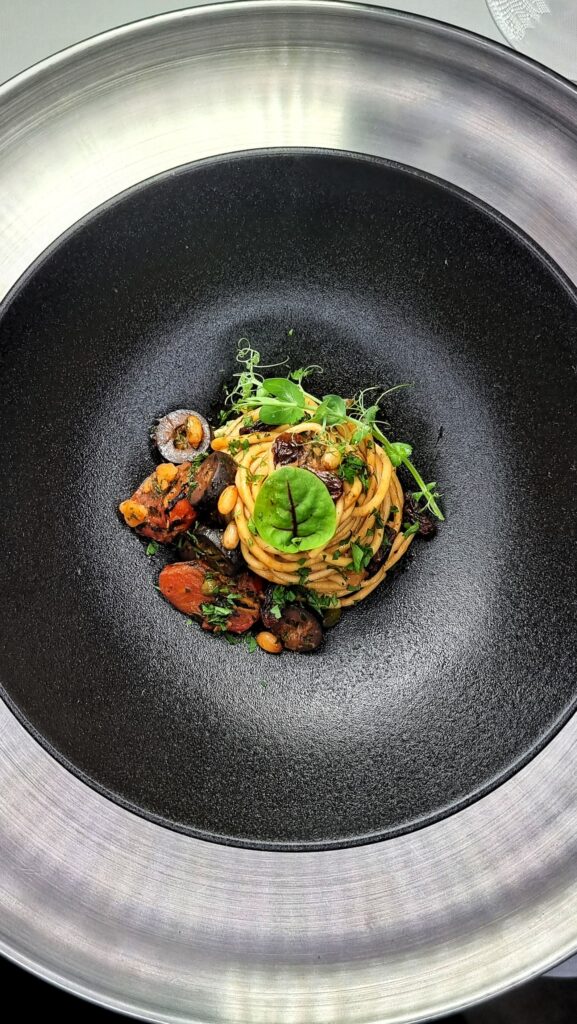
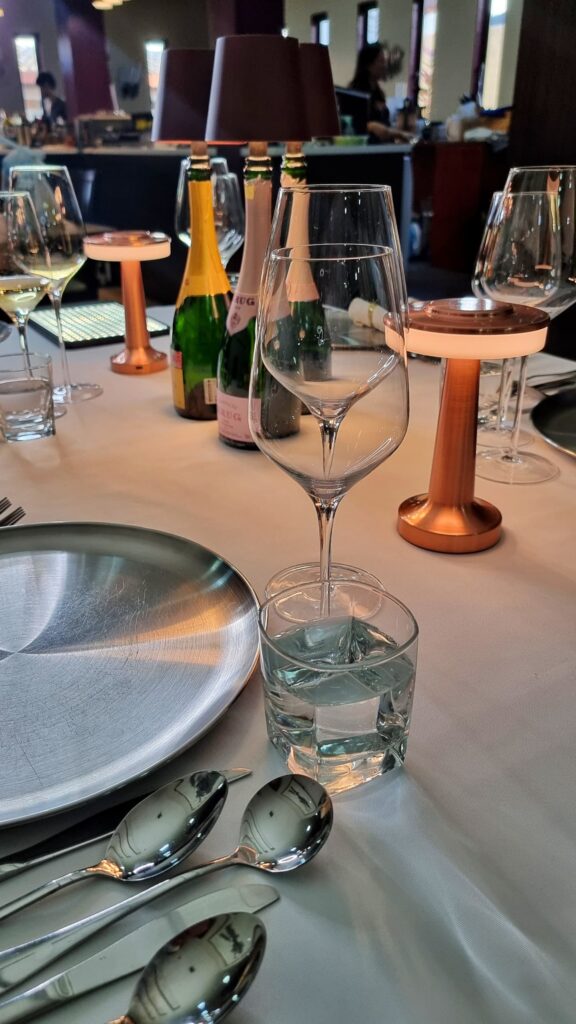
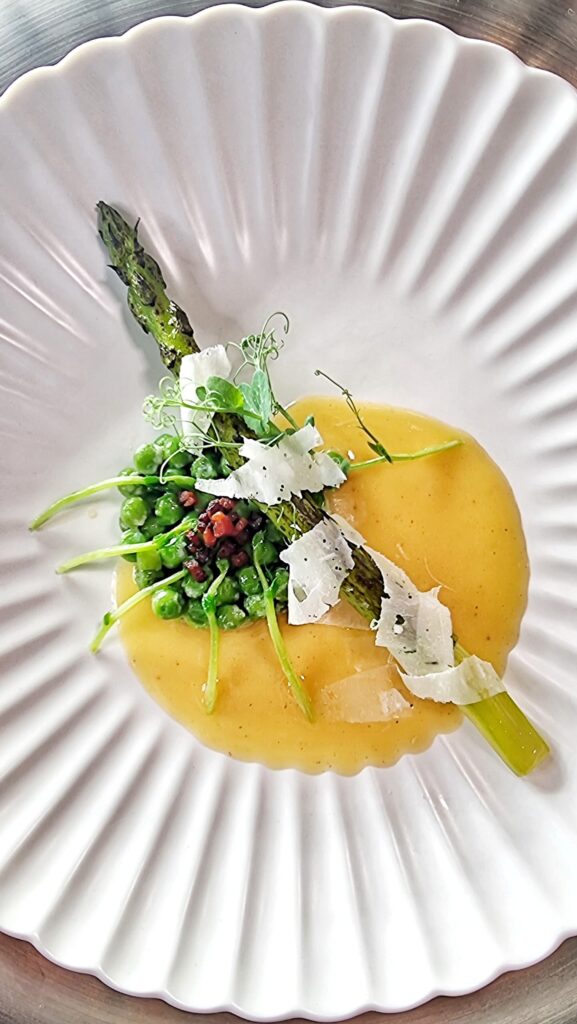
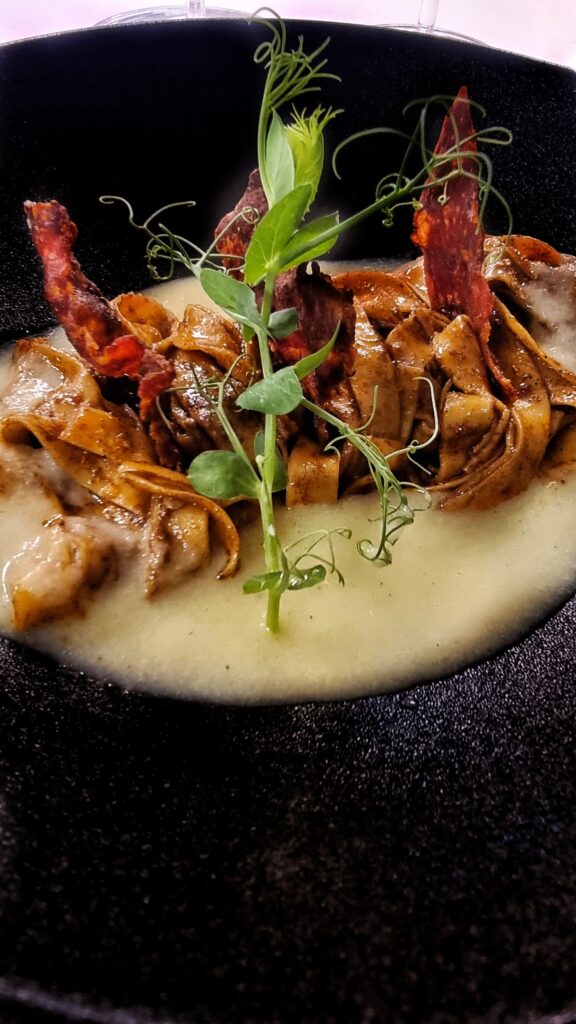
********
Alti Gusti,
8, Jalan 21/7,
Sea Park,
46300 Petaling Jaya
altigusti.com


